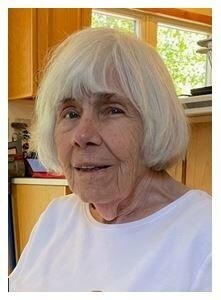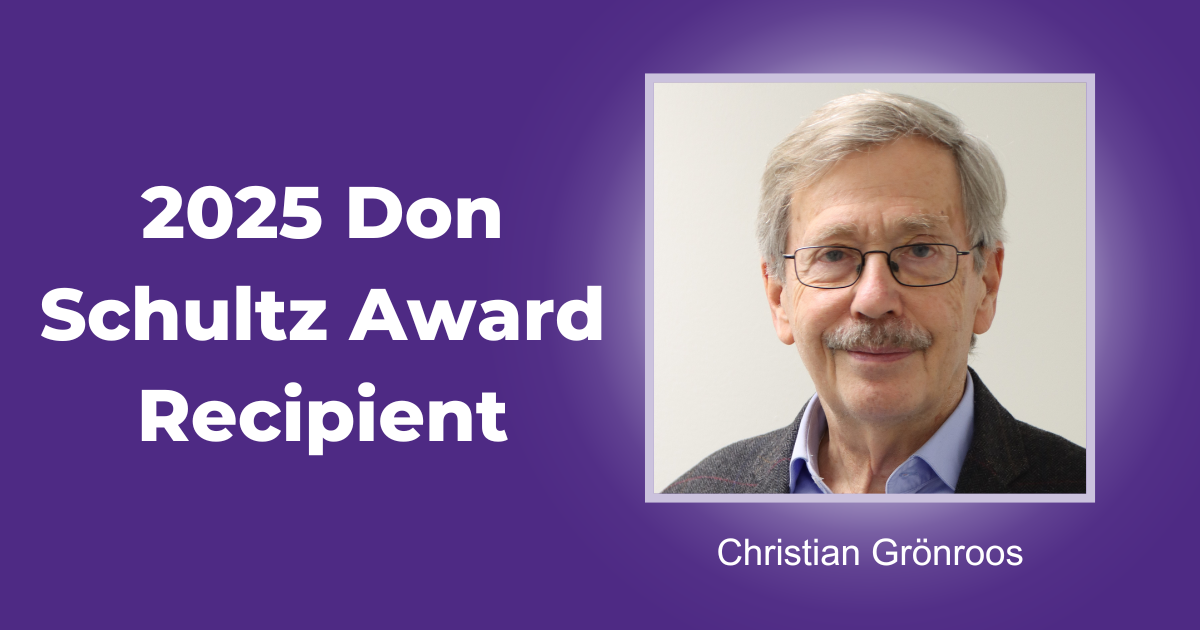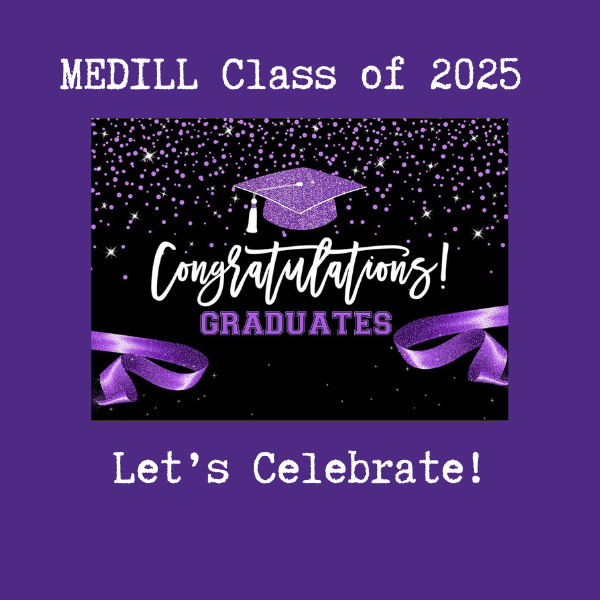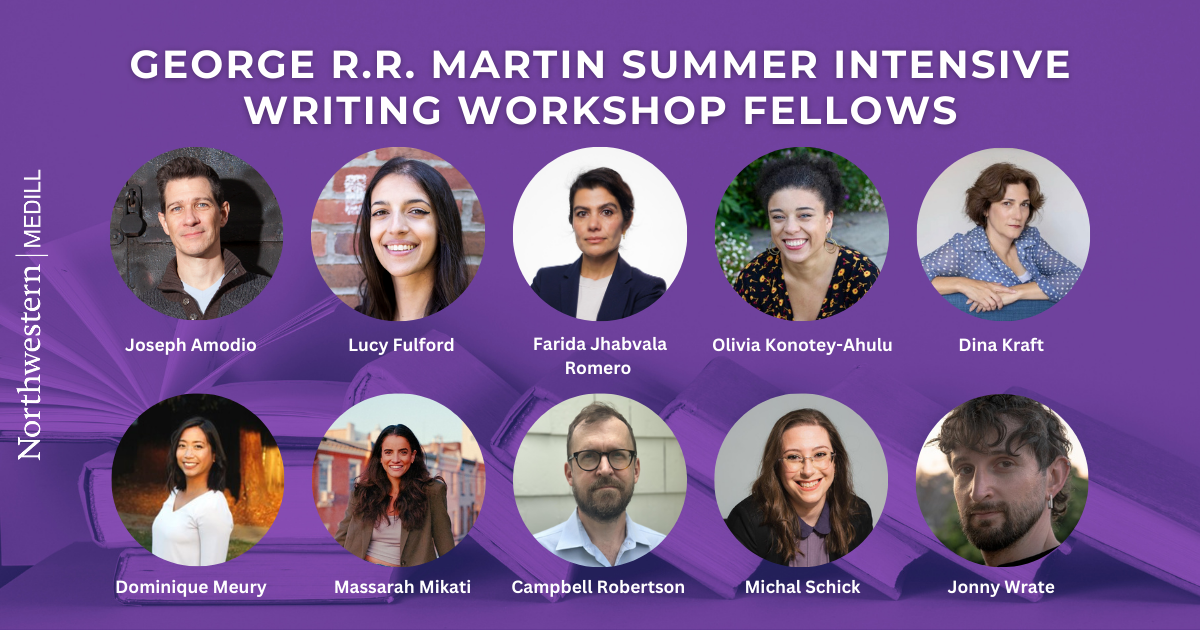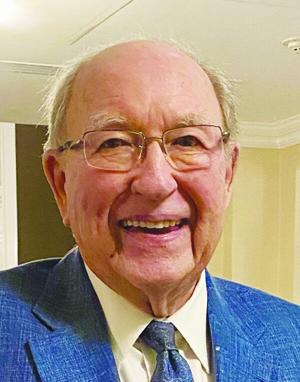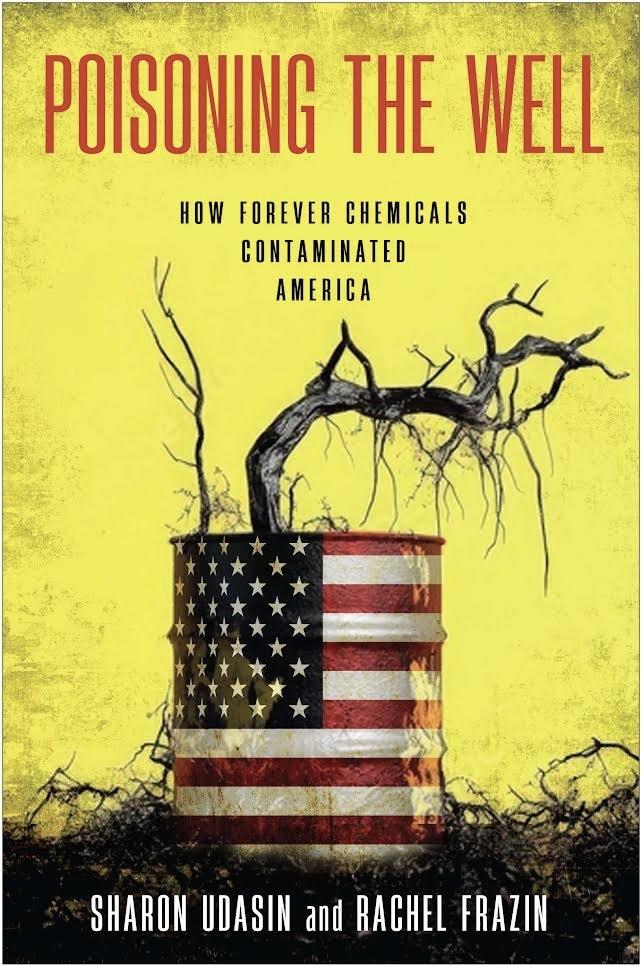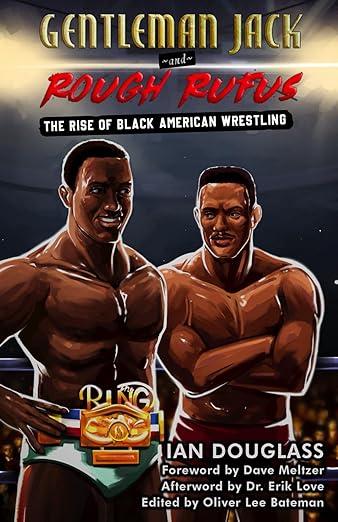Joan Marie Kelday peacefully of natural causes on March 30, 2025, in Seattle, WA. Joan lived a life filled with adventure. She was born May 10, 1931, in Chicago, IL, and during her childhood, moved with her family to Germany, England and the US, before settling in Hamilton, Ontario. Joan’s passion for language and literature led her to the University of Toronto, where she received her BA, and next to Northwestern University, where she received her master’s.
Joan’s career started as a general reporter before taking roles in public relations and research. She later joined the University of Washington School of Medicine in the Office of the Dean. The highlight of her time there was as the Assistant Director of the WWAMI Area Health Education Program, to improve the supply and distribution of health care in rural areas.
She was honoured with a biographical sketch in Marquis’ Who’s Who in the West (17th and 18th editions). Many happy summers were spent cottaging in Gananoque and Southampton, surrounded by family. Joan was a passionate traveller and had a love for exploring the world, including Russia, Kenya, Northern India, Iran, Turkey, Peru and Mexico. Her interest in genealogy and family history led her to North Ronaldsay in the Orkney Islands and Cork, Ireland.
Closer to home, she was deeply involved in her community, volunteering with the Seattle Japanese Garden, the Ravenna Springs Community Council, and serving on the board of Ravenna House a number of times over the years. Joan welcomed many friends and family members to her home and provided expert tours of the city. Joan will be dearly missed by her siblings, Eric (Marilyn) and Lois (James); her nieces and nephews, Colin (Luisa), Scott (Lori), Heather, Tracy (Matt) and Ryan (Rebecca), and their families.
She was predeceased by her parents, Roy and Marie Kelday; and siblings, Roy and Mary.
https://www.legacy.com/ca/obituaries/theglobeandmail/name/joan-kelday-obituary?id=58127053
